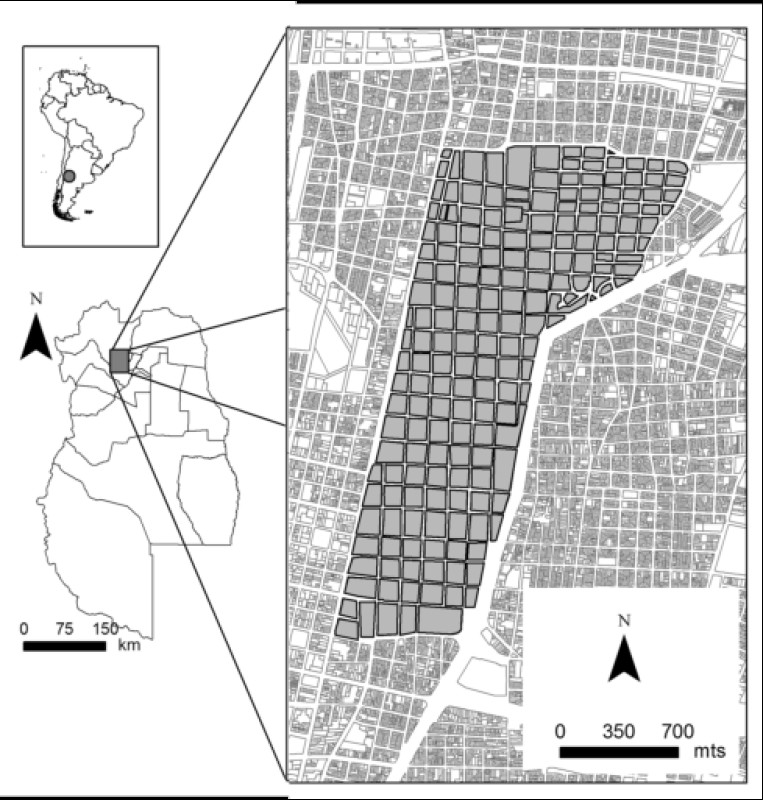News Details

Colonial society was highly diverse in terms of biological and cultural variation, with differential dietary patterns among them. Read more about the association between cranial variation and burial patterns in a sample of skeletons from the Foundational Area of Mendoza in Argentina spanning 16th to 19th centuries
Lumila Menéndez and collaborators studied the association between cranial variation and burial patterns in a sample of skeletons from the Foundational Area of Mendoza in Argentina spanning 16th to 19th centuries. That period represents an encounter of several distinctive populations inhabiting the same area: Europeans, descendants from Europeans (criollos), Africans, and Native Americans.
By using geometric morphometrics they found morphological differences in the cranial base and facial skeleton of the individuals from different chronological periods and burial areas.

The cranial base, which is informative of biological affinities, differs when comparing individuals from different burial areas (inside vs. outside the church), confirming that the socioeconomically disadvantaged groups were buried outside, while the advantageous ones, inside the church. Complementarily, morphological differences in the facial skeleton and mandible, could indicate the diverse dietary patterns of the different populations during colonial times. Finally, the results support historic studies arguing for the existence of an increment in gene flow over time.
What did we learn from this study? The studies show that colonial society was highly diverse in terms of biological and cultural variation, and furthermore, that there were differential dietary patterns among them.
Publication:
Menéndez et al. 2020, Craniofacial and mandibular variation in colonial populations of the southern Andes during the 16th to 19th centuries. Homo: Journal of Comparative Human Biology, vol. 71 (4).
DOI: 10.1127/homo/2020/1218
Edited by KLI Communications Officer Lynn Chiu

